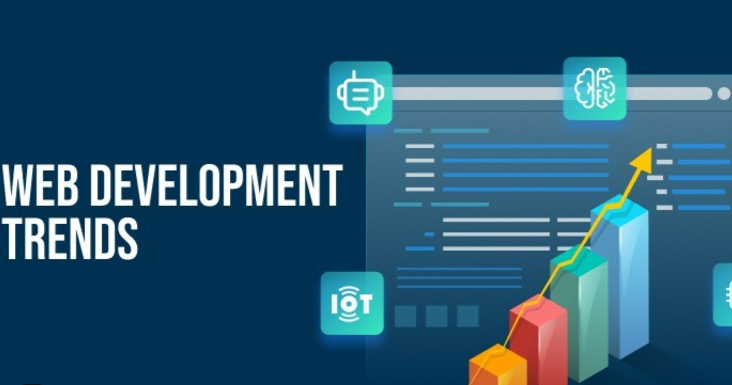The web development landscape continues to evolve rapidly, driven by emerging technologies, user expectations, and industry demands. As we approach 2026, staying ahead of the curve means keeping an eye on trends that promise to reshape how websites and applications are designed, built, and delivered.
1. Progressive Web Apps (PWAs) Gain Momentum
PWAs combine the best features of web and mobile apps, offering users fast loading speeds, offline capabilities, and seamless interactions. By 2026, more businesses are expected to adopt PWAs to enhance user engagement and accessibility across devices without the need for app store downloads.
- Why it matters: PWAs reduce development costs while improving the user experience.
2. AI-Powered Development
Artificial intelligence will further revolutionize web development by enabling tools that assist developers in creating optimized code, testing applications, and personalizing user experiences.
- Examples: AI chatbots, recommendation systems, and content generation tools like ChatGPT.
- Impact: Enhanced efficiency in development cycles and improved user-centric designs.
3. Voice Search Optimization
With the rise of smart speakers and voice assistants, optimizing websites for voice search will be crucial. This means focusing on natural language processing, conversational interfaces, and faster load times.
- Why it matters: By 2026, voice-driven interactions are expected to account for a significant portion of web searches.
4. Low-Code and No-Code Platforms
Low-code and no-code platforms are democratizing web development, allowing non-technical users to create robust websites and apps. By 2026, these platforms will become more sophisticated, empowering businesses to innovate faster.
- Key players: Webflow, Wix, and Bubble.
- Benefit: Reduces reliance on technical resources while speeding up project timelines.
5. Web3 and Decentralized Technologies
The integration of blockchain technology into web development will redefine how we think about data ownership and security. Web3 principles will emphasize decentralized platforms and applications.
- Example: Websites that use blockchain for transparent transactions or decentralized storage.
- Impact: Greater control for users and new opportunities for businesses in finance, e-commerce, and more.
6. Motion UI for Dynamic Interfaces
User expectations for engaging and interactive websites are on the rise. Motion UI—using animations, transitions, and dynamic elements—will be pivotal in delivering visually captivating experiences.
- Why it matters: Enhances user retention and creates memorable brand experiences.
7. Cybersecurity First
As cyber threats become more sophisticated, web developers must prioritize security at every stage. By 2026, features like multi-factor authentication, biometric logins, and enhanced encryption will be standard.
- Focus areas: Securing APIs, preventing data breaches, and ensuring compliance with privacy laws.
8. Dark Mode and Personalization
Dark mode has grown in popularity for its aesthetic appeal and energy efficiency on OLED screens. By 2026, expect further personalization, where users can tailor interfaces based on their preferences.
- Why it matters: Enhances user comfort and engagement, particularly in mobile and app interfaces.
9. Augmented Reality (AR) and Virtual Reality (VR)
AR and VR integration into websites will offer immersive experiences for retail, gaming, education, and more. By 2026, faster internet speeds (thanks to 5G) and advanced hardware will make these technologies more accessible.
- Example: Virtual try-on solutions in e-commerce or immersive learning environments.
Edge computing will replace traditional cloud hosting for many web applications by reducing latency and improving load times. Processing data closer to the user ensures smoother experiences.
- Why it matters: Meets the growing demand for real-time interactions in applications like gaming, IoT, and live streaming.
Conclusion
As we look ahead to 2026, web development trends highlight a clear focus on user-centricity, technological innovation, and security. Businesses and developers who adapt to these changes will be better positioned to deliver exceptional digital experiences, meet industry demands, and stay competitive in a rapidly changing world.

